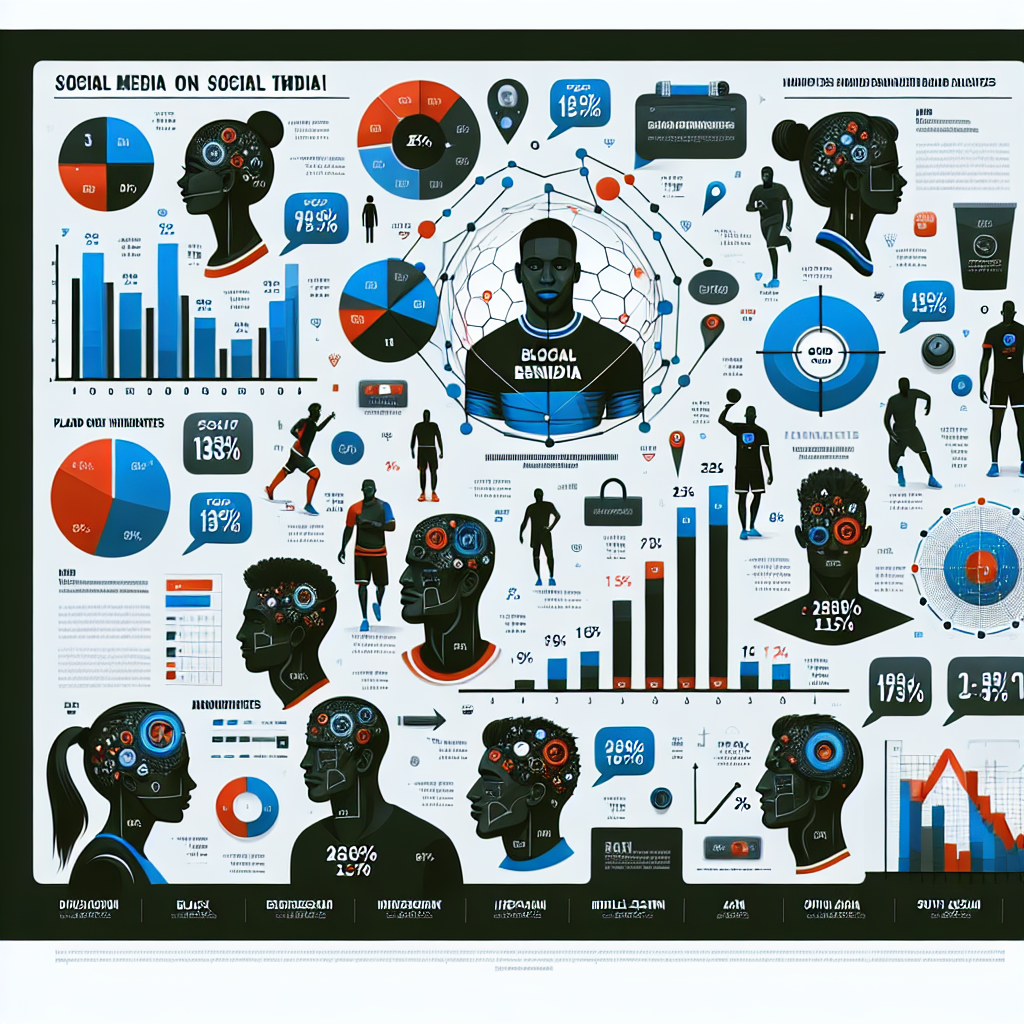How Social Media Affects Player Branding: Recap and Insights
In today’s digital era, the influence of social media on player branding is undeniable. Athletes and sports personalities now have unprecedented opportunities to build and manage their personal brands through platforms such as Instagram, Twitter, Facebook, and TikTok. This comprehensive recap explores the multifaceted impact of social media on player branding, highlighting key strategies, challenges, and the transformative power of online engagement.
What is Player Branding?
Player branding refers to the process by which athletes create a distinct identity and image for themselves within the sports industry and beyond. Through effective branding, athletes can increase their visibility, attract sponsorships, and foster deeper connections with fans. Social media platforms have become essential tools in this process, allowing players to share their stories, values, and achievements directly with a global audience.
The Role of Social Media in Player Branding
Social media platforms have revolutionized the way athletes interact with fans, the media, and sponsors. By leveraging various content formats—such as live streams, stories, and personal updates—players can humanize themselves and strengthen their public personas. Key LSI keywords related to this topic include athlete social presence, sports marketing, digital engagement, and fan interaction.
- Direct Communication: Athletes can bypass traditional media, communicating directly with their audience.
- Authentic Storytelling: Sharing behind-the-scenes moments and personal experiences fosters authenticity.
- Real-time Updates: Players can instantly update fans about achievements, endorsements, or initiatives.
- Interactive Engagement: Social media enables Q&A sessions, polls, and live chats, enhancing fan loyalty.
Building a Personal Brand: Strategies for Success
Crafting a strong personal brand requires intentionality and consistency. Here are some proven strategies athletes use to amplify their branding through social media:
- Consistent Visual Identity: Use of logos, color schemes, and signature styles across platforms helps create a recognizable brand.
- Content Diversity: Mixing training clips, lifestyle posts, motivational quotes, and community interactions keeps audiences engaged.
- Engagement with Fans: Replying to comments, sharing fan art, and running giveaways cultivates a loyal supporter base.
- Professional Collaborations: Partnering with other athletes, brands, or influencers expands reach and credibility.
Challenges and Risks of Social Media Branding
While social media offers immense branding potential, it also presents several challenges:
- Reputation Management: A single controversial post or misunderstood message can damage a player’s image. Crisis communication and reputation monitoring are critical.
- Privacy Concerns: The line between public and private life can blur, leading to potential invasions of privacy.
- Online Harassment: Players are often subject to negative comments or cyberbullying, which can affect mental well-being and brand perception.
- Content Overload: Excessive posting can lead to follower fatigue and dilute the core brand message.
Success Stories: Athletes Who Mastered Social Media Branding
Numerous athletes have successfully leveraged social media to boost their brands. By embracing authentic storytelling and strategic partnerships, they have set industry standards for digital personal branding.
Serena Williams
Serena Williams uses her platforms to champion social causes, promote her business ventures, and connect with fans on a personal level. Her posts blend professionalism with vulnerability, enhancing her global brand.
Cristiano Ronaldo
With hundreds of millions of followers, Ronaldo demonstrates the power of curated content, regular engagement, and sponsorship integrations. His online persona is aspirational yet relatable.
The Future of Player Branding in the Social Media Age
The landscape of digital branding in sports continues to evolve. Emerging technologies like augmented reality, NFTs, and AI-powered analytics are poised to further transform how athletes grow and manage their brands. Staying ahead requires adaptability, ongoing learning, and a commitment to authentic connection.
Conclusion: Key Takeaways for Athletes and Sports Marketers
- Authenticity and Consistency: The foundation of successful player branding lies in being genuine and maintaining a cohesive message across platforms.
- Audience Engagement: Interacting with fans builds loyalty and strengthens an athlete’s brand identity.
- Strategic Partnerships: Collaborations with brands and influencers can amplify reach and open new opportunities.
- Adaptability: The digital landscape changes rapidly; ongoing adaptation is essential for long-term success.
In summary, social media has become a cornerstone of player branding, offering both opportunities and challenges. By leveraging these platforms wisely, athletes can not only elevate their careers but also inspire millions around the globe.
